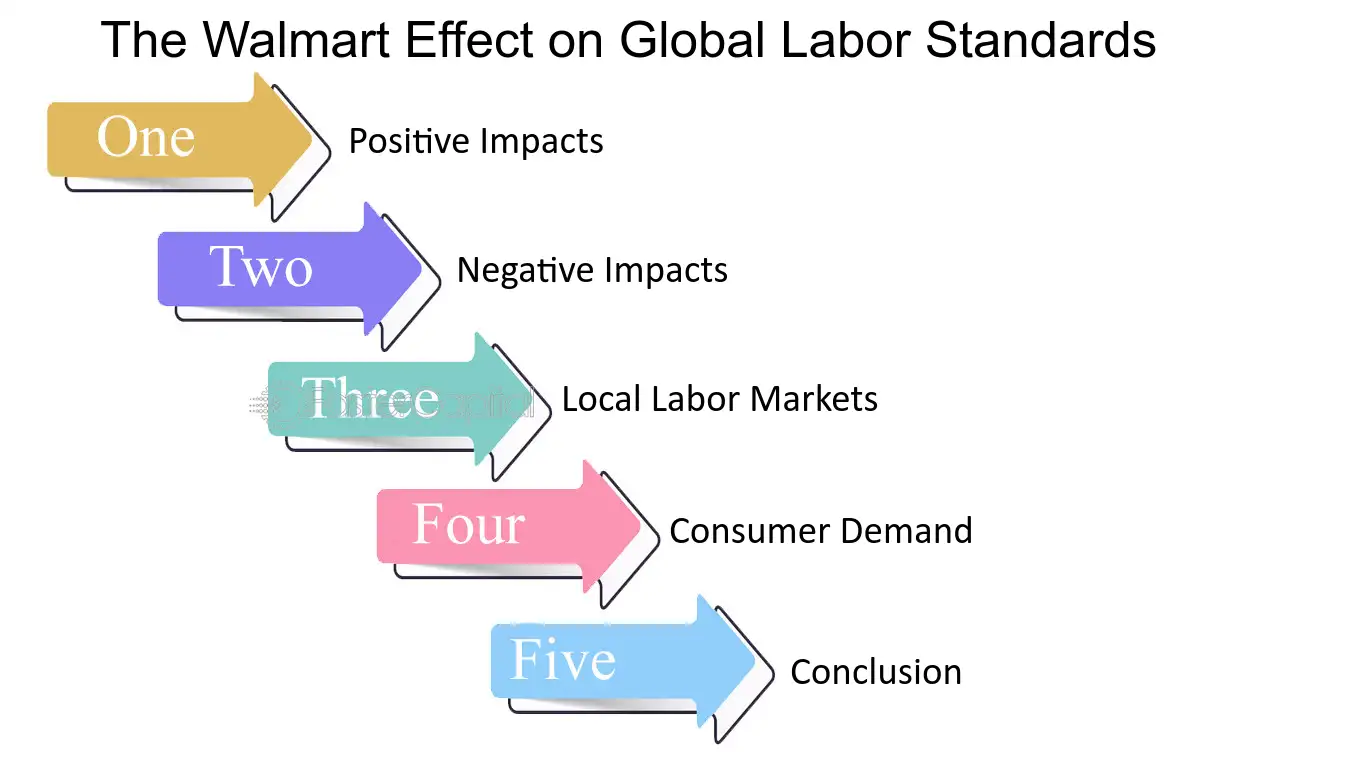Walmart, a giant in the retail industry, has undergone a significant transformation in recent years to adapt to the changing landscape of retail, driven primarily by the rise of e-commerce. This transformation has been crucial for Walmart to maintain its competitive edge against online giants like Amazon. Here, we explore the strategies, initiatives, and outcomes of Walmart’s e-commerce transformation.
The Need for Transformation
The retail industry has seen a seismic shift with the advent of digital technology. Consumers now expect a seamless shopping experience that combines the convenience of online shopping with the immediacy of physical stores. Walmart, traditionally known for its vast network of brick-and-mortar stores, recognized the need to pivot towards e-commerce to meet these evolving consumer demands and to stay relevant in a digital-first world.

Strategic Acquisitions
One of the cornerstone strategies of Walmart’s e-commerce transformation has been its aggressive acquisition strategy. In 2016, Walmart acquired Jet.com for $3.3 billion. This acquisition was not just about gaining Jet.com’s customer base but also about integrating its innovative technology and fresh approach to e-commerce. Jet.com brought with it advanced algorithms and dynamic pricing capabilities that Walmart could leverage across its platform.
Following Jet.com, Walmart made several other strategic acquisitions, including Bonobos, an online men’s apparel brand, ModCloth, a women’s fashion retailer, and Moosejaw, an outdoor gear retailer. These acquisitions were aimed at diversifying Walmart’s online offerings and attracting a broader demographic of online shoppers. Each acquisition brought unique strengths and expertise, helping Walmart to enhance its e-commerce infrastructure and improve its market positioning.
Technology and Infrastructure Investments
Walmart’s transformation journey has been heavily supported by substantial investments in technology and infrastructure. The company has revamped its website and mobile app to offer a more user-friendly and personalized shopping experience. Enhancements such as improved search algorithms, better product recommendations, and a more intuitive interface have made it easier for customers to find and purchase products online.
Additionally, Walmart has invested in its supply chain and logistics capabilities to support its e-commerce operations. The company has expanded its network of fulfillment centers and introduced advanced automation technologies to improve efficiency and speed. Walmart’s partnership with companies like Microsoft for cloud computing and artificial intelligence has further strengthened its technological backbone, enabling better data analytics, inventory management, and customer insights.

Omnichannel Strategy
A key element of Walmart’s e-commerce transformation is its omnichannel strategy, which integrates its physical and online stores to provide a seamless shopping experience. This approach leverages Walmart’s extensive network of physical stores as strategic assets in its e-commerce operations.
Services like “Buy Online, Pick Up In Store” (BOPIS) and “Curbside Pickup” have been instrumental in driving online sales while encouraging foot traffic in physical stores. Walmart’s “Delivery Unlimited” service, which offers unlimited grocery deliveries for a subscription fee, has also been a significant success, catering to the growing demand for convenience.
Furthermore, Walmart has introduced innovative services such as “Walmart+,” a membership program that offers benefits like free shipping, fuel discounts, and access to mobile scan-and-go services. This program is designed to compete directly with Amazon Prime, offering similar perks to attract and retain customers.
Expansion of Online Marketplace
To compete more effectively with Amazon, Walmart has expanded its online marketplace, allowing third-party sellers to list their products on Walmart.com. This expansion has significantly increased the variety of products available to Walmart’s online customers without the company having to invest in additional inventory. By providing third-party sellers with a platform, Walmart has not only increased its product assortment but also enhanced its competitive edge in the e-commerce space.
Walmart’s marketplace strategy includes rigorous vetting of third-party sellers to ensure high standards of product quality and customer service. The company also offers various tools and services to help these sellers succeed, including advertising solutions, analytics, and logistics support.
Enhancing Customer Experience
At the heart of Walmart’s e-commerce transformation is a focus on enhancing the customer experience. Walmart has implemented numerous initiatives to make online shopping more convenient, reliable, and enjoyable for its customers.
One such initiative is the introduction of free two-day shipping on millions of items, a direct response to Amazon’s fast shipping options. Walmart has also made significant improvements in its return policies, allowing customers to return online purchases at any Walmart store, thus simplifying the return process and increasing customer satisfaction.
Moreover, Walmart has invested in improving its product catalog and content, ensuring that product descriptions, images, and reviews are accurate and helpful. This attention to detail helps customers make informed purchasing decisions and enhances their overall shopping experience.

Challenges and Future Outlook
Despite its significant progress, Walmart’s e-commerce transformation has not been without challenges. The integration of acquired companies and their technologies into Walmart’s existing infrastructure has been complex and resource-intensive. Additionally, the competition in the e-commerce space remains fierce, with Amazon continually innovating and expanding its offerings.
However, Walmart’s strategic investments and relentless focus on customer experience position it well for future growth in e-commerce. The company’s ability to leverage its physical stores, vast logistics network, and technological advancements gives it a unique advantage in the retail landscape.
Looking ahead, Walmart is likely to continue its investment in technology and innovation, exploring areas such as artificial intelligence, machine learning, and robotics to further enhance its e-commerce capabilities. The company is also expected to expand its omnichannel offerings and membership programs to provide even greater value to its customers.
Conclusion
Walmart’s e-commerce transformation is a testament to the company’s ability to adapt and innovate in a rapidly changing retail environment. Through strategic acquisitions, significant investments in technology, and a strong focus on omnichannel integration, Walmart has successfully positioned itself as a formidable player in the e-commerce market. As the retail landscape continues to evolve, Walmart’s ongoing commitment to enhancing the customer experience and leveraging its unique strengths will be crucial in sustaining its competitive edge and driving future growth.
4o



